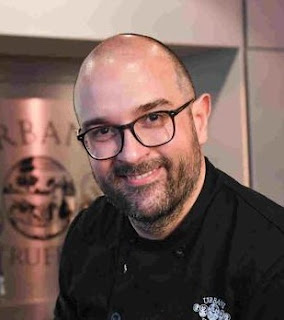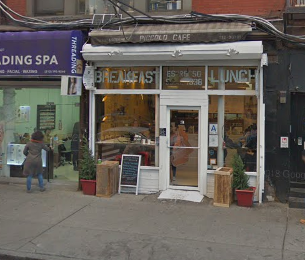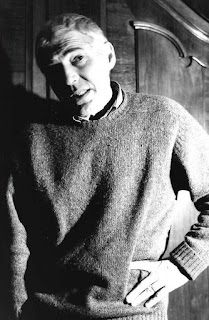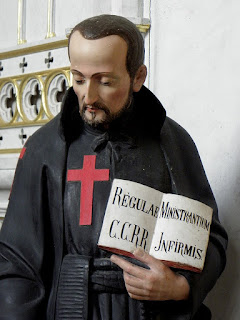American dream from small beginnings
 |
| Michele Casadei Massari began his New York business with a coffee kiosk in Union Square |
Massari had planned to become a doctor but abandoned his studies in order to pursue his dream of cooking in his own restaurant.
After working as general manager and executive chef of a restaurant at a holiday resort in Sardinia, Massari and an old school friend decided to go it alone and chose to start a business in New York.
They began by selling coffee from a kiosk on Union Square in Manhattan before graduating to a cafe selling traditional Italian food as well as salads, panini and egg dishes.
Massari and his partner opened their first Piccolo Cafe in Third Avenue, a couple of blocks from Union Square in 2010. Now they have four branches of Piccolo Cafe and a restaurant, Lucciola, that specialises in the cuisine of Bologna and Emilia-Romagna.
 |
| The Piccolo Cafe in West 40th Street is one of four opened by Massari and his partners |
His education included foraging in the countryside around the family home and learning how even the simplest ingredients, properly prepared, could be turned into tasty and nutritious dishes.
He says he inherited his salesmanship skills from his mother, who had been a door-to-door saleswoman in the 1970s, persuading would-be clients to buy machines for heating hair curlers.
While studying at college, Massari worked in restaurants in Bologna but soon realised he was much more interested in food that becoming a doctor. He and school friend Alberto Ghezzi decided to move to Sardinia, where Alberto managed the restaurant while he worked in the kitchen. Soon they were joined by another friend from Bologna, chef Gianluca Capozzi.
The three still work together today, having teamed up again when Massari, craving a chance to ‘do something different’, came up with his idea of going to New York, even though he had only a few thousand euros to start a business.
 |
| Michele also has a dedicated Bolognese restaurant in New York |
The kiosk took off quickly, selling 70,000 cups of coffee alone in the first 30 days. They had been there little more than four weeks when a customer told them about an empty business premises on Third Street that would be ideal for opening a cafe.
Six months later, with the Piccolo Cafe booming, another client urged them to look at an empty premises opposite the New York Times building on West 40th Street. That became the second branch. Two more Piccolos have opened since, one on Madison Avenue, another not far from Central Park in the Upper West Side, which is where Lucciola is located.
Michele also runs the BiograFilm Food Academy and manages food and beverage operations for the film festival of the same name that takes place in Bologna each year
 |
| Trendy tree-lined Via Ceccarini in Riccione |
Riccione, where Massari was born, is sometimes called the ‘green pearl of the Adriatic’ on account of the elegant, tree-lined boulevards that carry echoes of the town’s tradition as a resort that was a cut above its brasher neighbours. These days, it is no less thronged in the high summer months than its big brother Rimini but the Via Ceccarini, with its elegant boutiques, attractive cafés and trendy night spots, is still one of the most famous streets on the whole Adriatic Riviera. Other attractions are the Museo del Territorio, with exhibits reflecting thousands of years of evolutionary history in the area, and the Castello degli Agolanti, once owned by the most powerful local family, now an exhibition and conference venue.
 |
| One corner of Bologna's central Piazza Maggiore |
Bologna, which Massari considers to be his home town, boasts what is probably the best maintained and preserved medieval centre in the whole of Italy, a testament in many ways to one of the country’s least corrupt local administrations. The city was for a long time the stronghold of the Italian Communist Party and street names such as Via Stalingrado and Via Lenin say much about the political heroes of some of its former municipal leaders. Yet despite being the cradle of progressive socialism, the city retains one of the best standards of living in Italy and a policy of ‘active preservation’ established in the 1970s, whereby old houses in the city centre were renovated for public housing rather than being demolished, has helped the city maintain its character.
More reading:
How daytime TV made chef Simone Rugiati famous
Much-loved celebrity chef and restaurateur Antonio Carluccio
Gennaro Contaldo's passion for the cooking of Amalfi
Also on this day:
1824: The British aristocrat and travel writer Lady Blessington arrives in Naples
1976: The birth of celebrity chef Gino D'Acampo
Home










